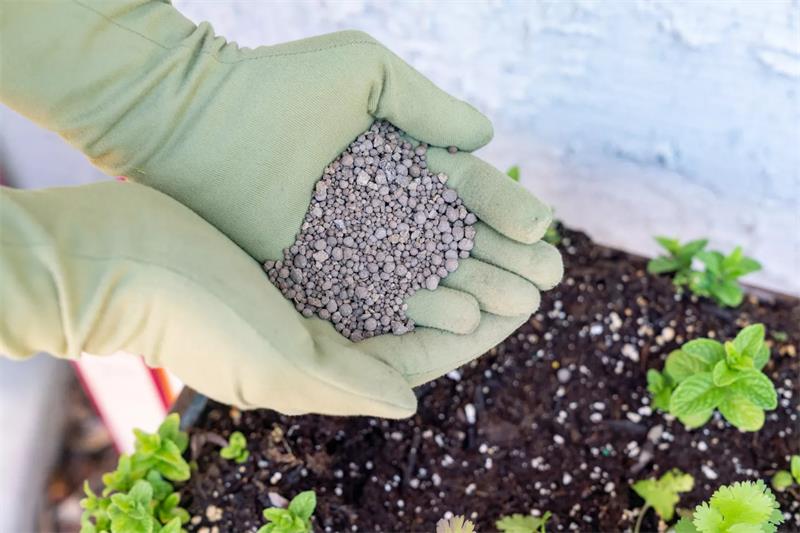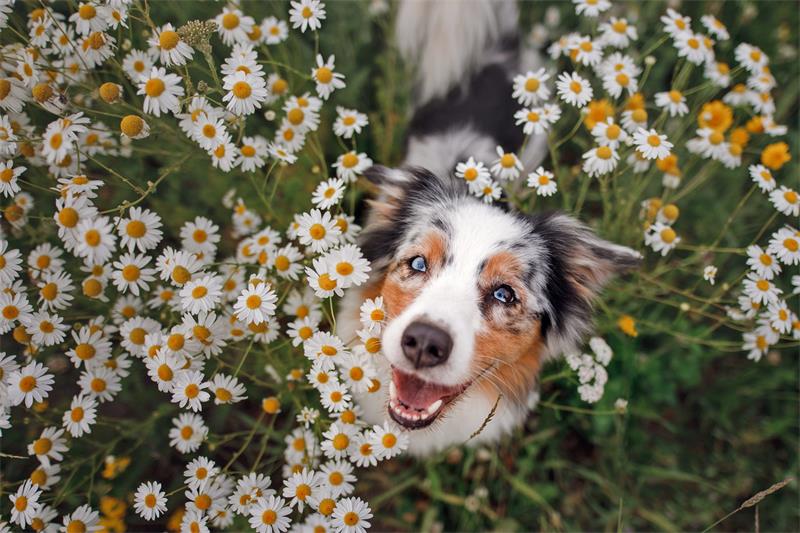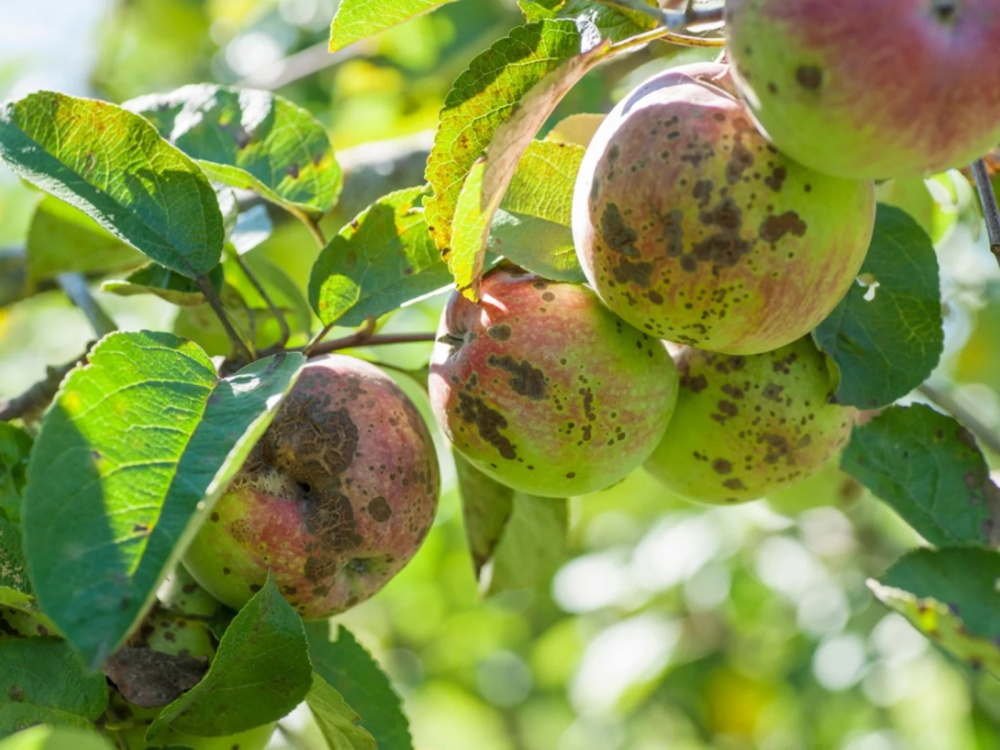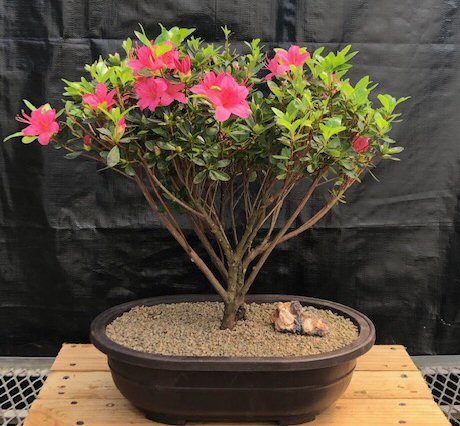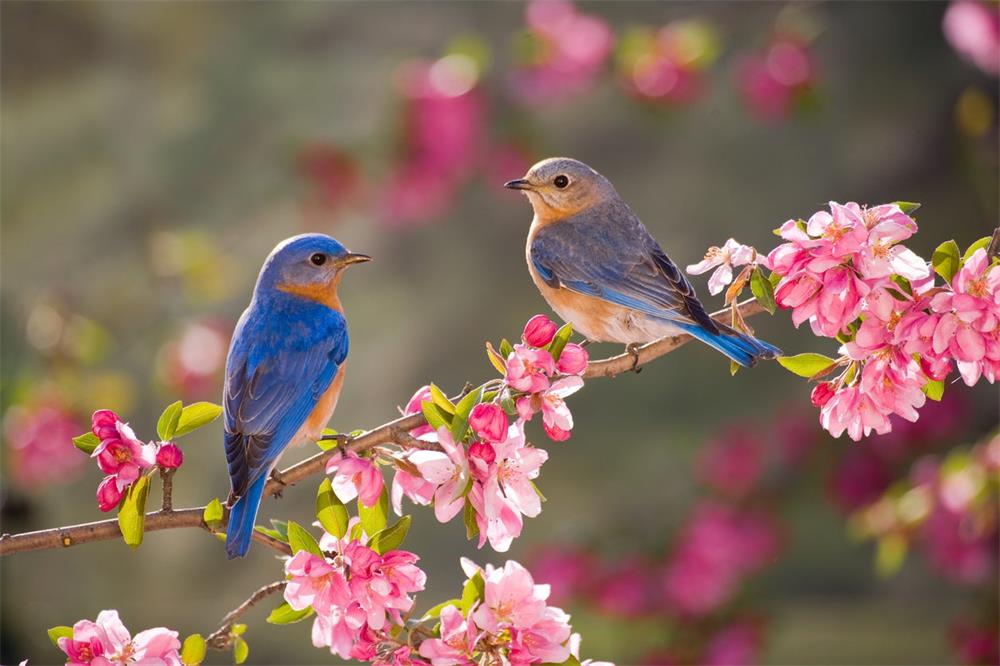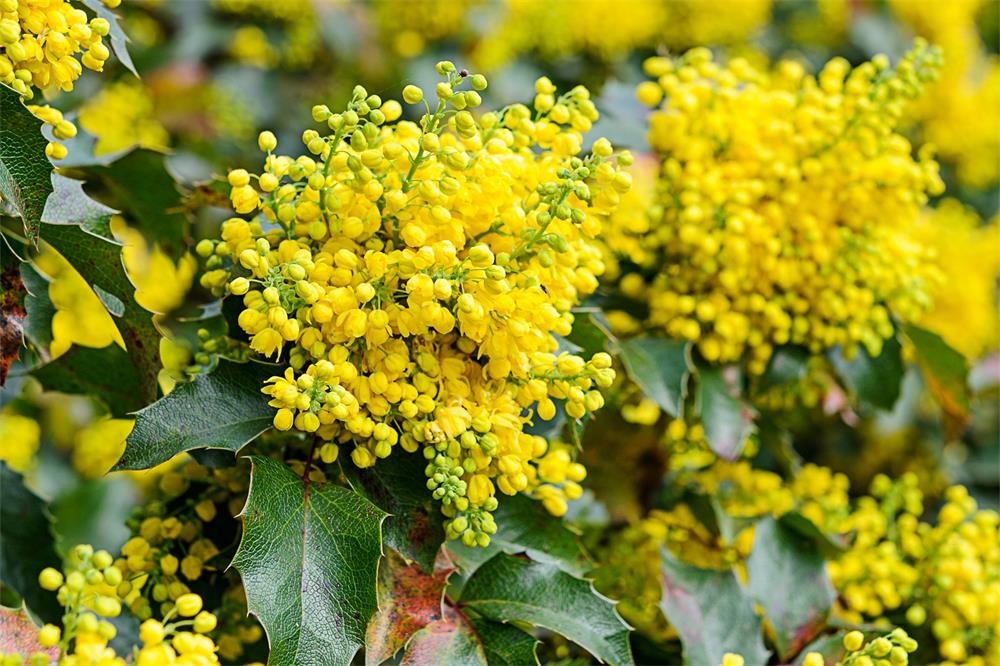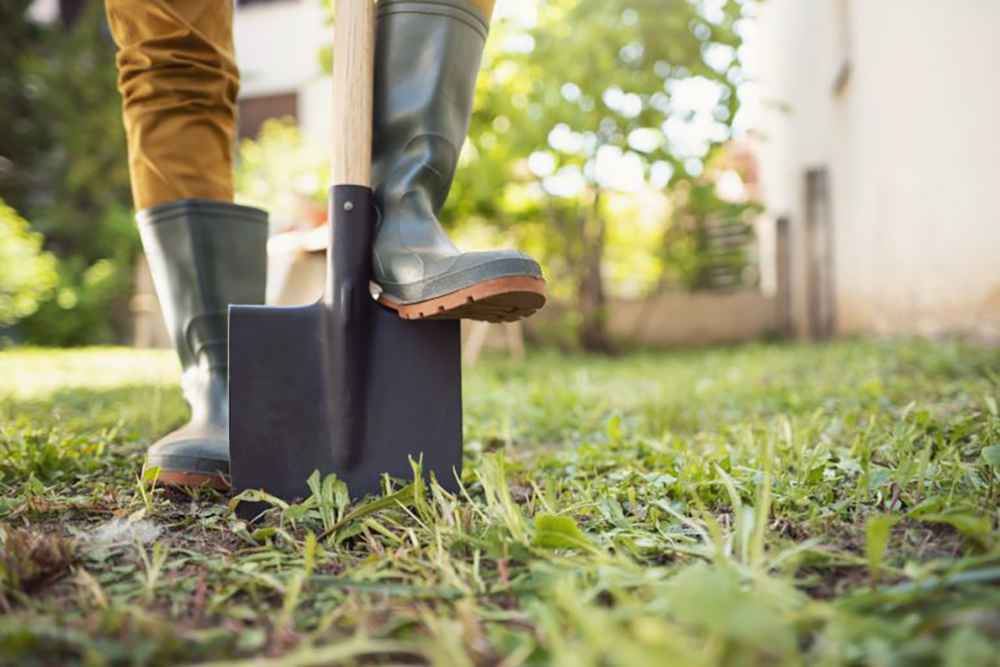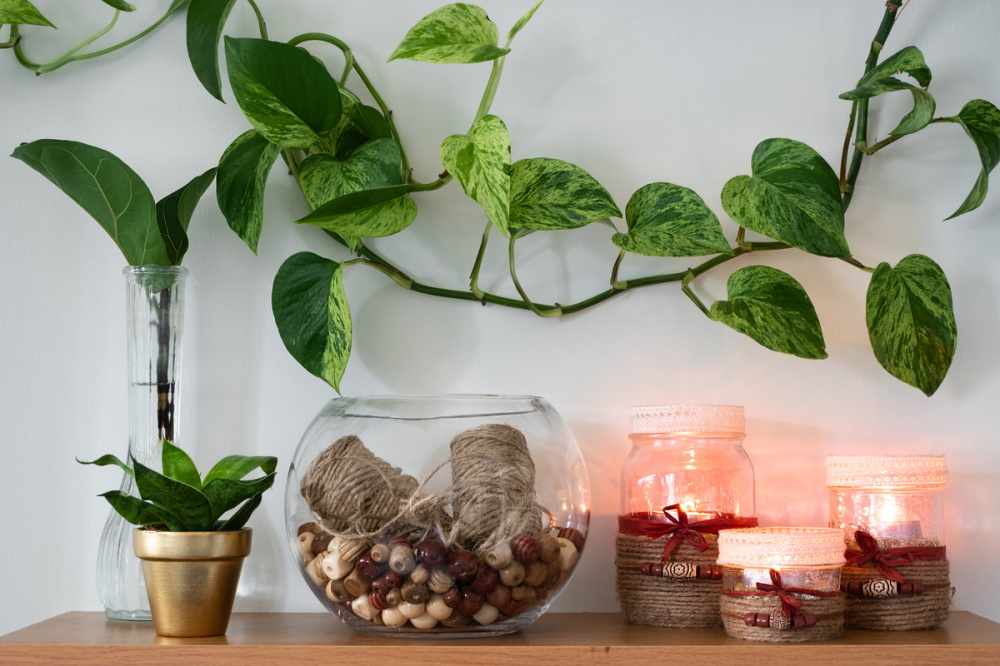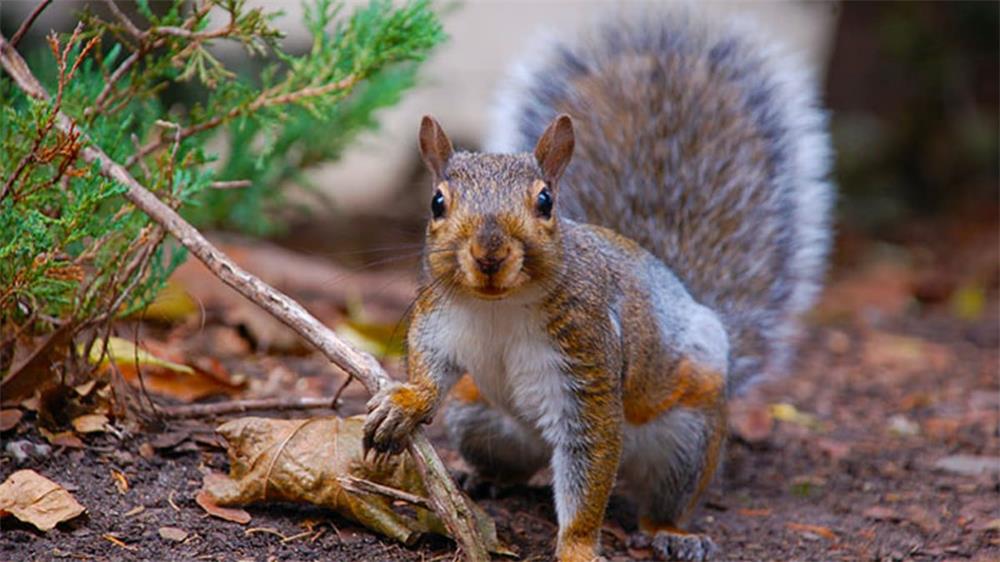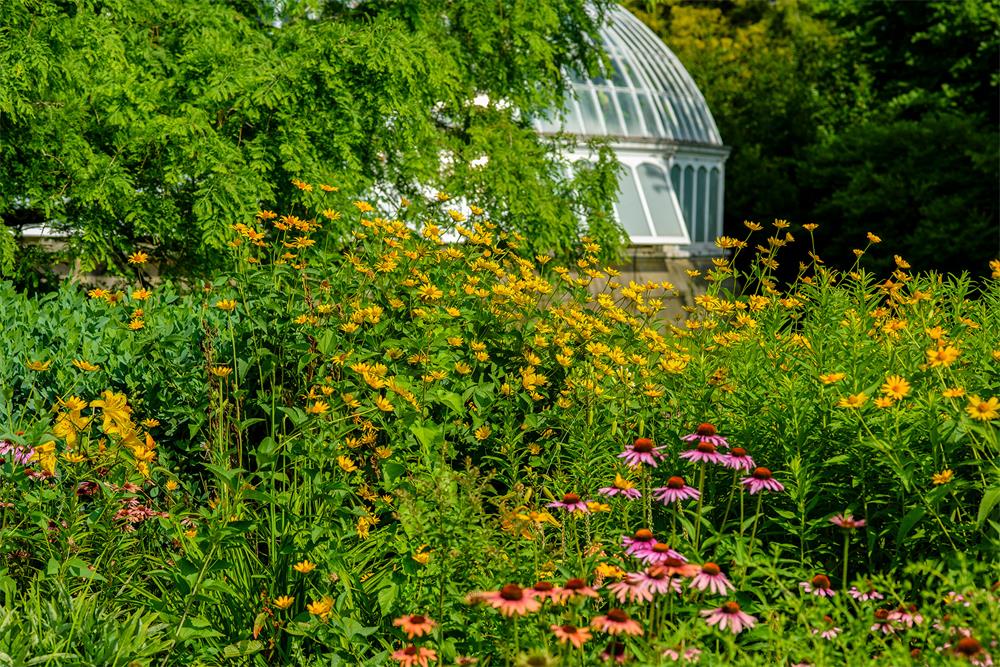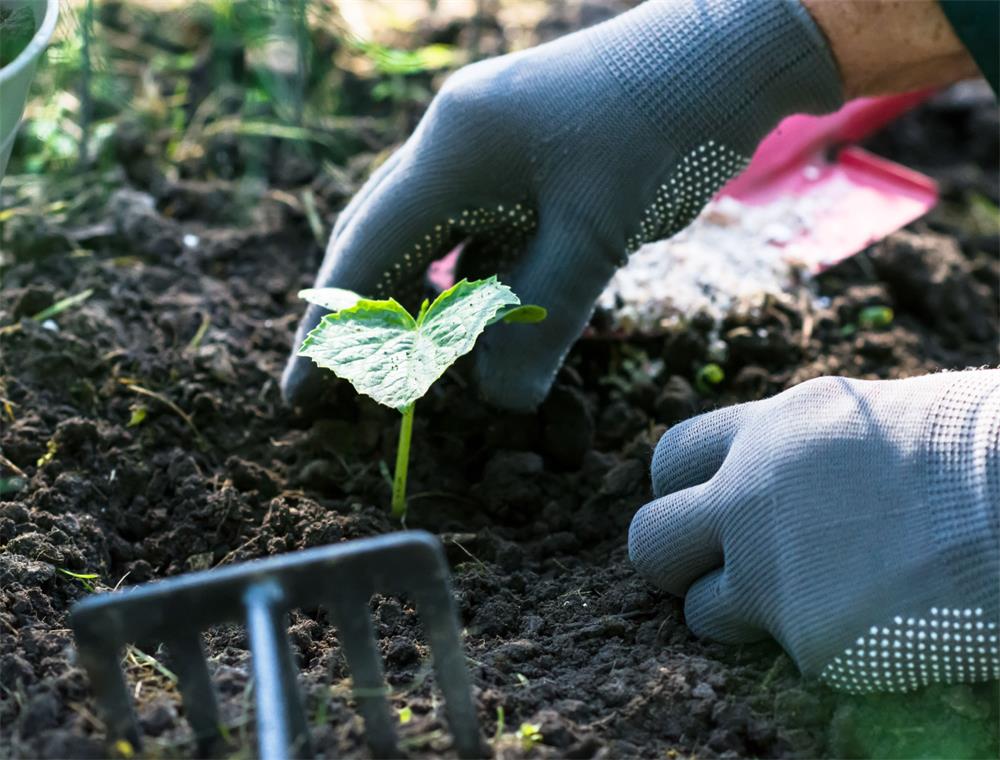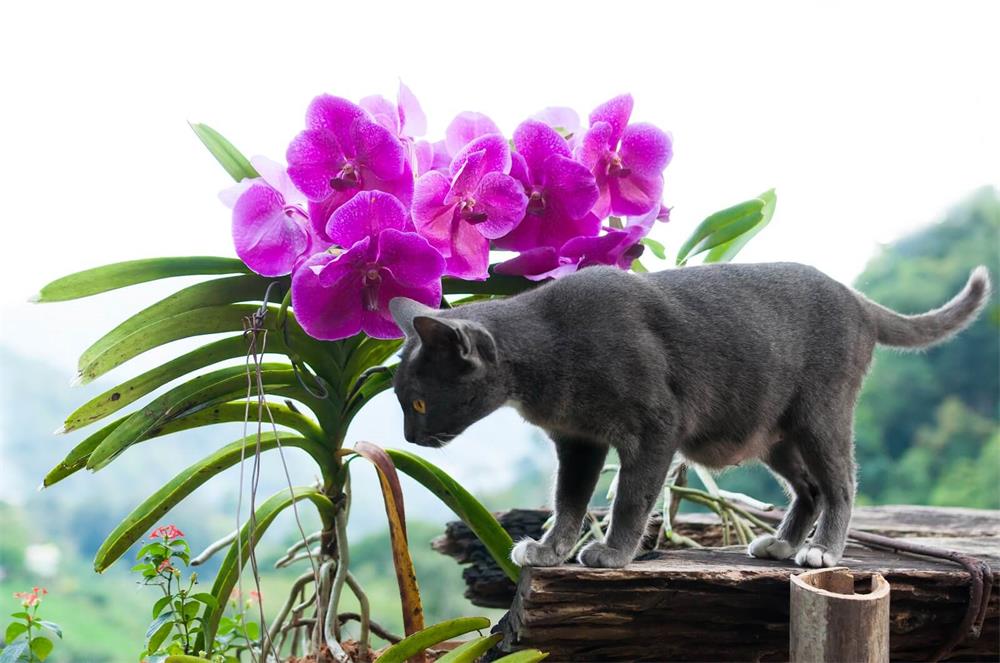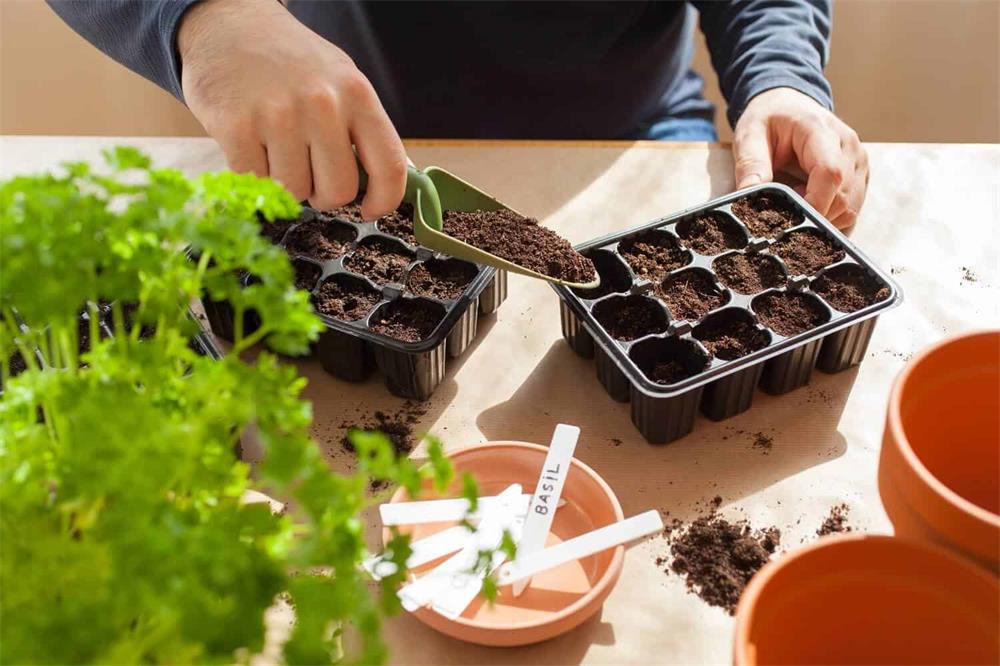
Table of Contents
Powdery mildew is a common fungal disease that affects many plants, especially in humid and warm conditions. It appears as white or gray powdery patches on the leaves, stems, flowers, and fruits of the infected plants. It can reduce the plant’s vigor, photosynthesis, and yield, and in severe cases, it can cause leaf drop and plant death.
Fortunately, you can make a simple homemade spray that can help control powdery mildew without using harsh chemicals. This spray works by changing the pH of the leaf surface, making it less favorable for the fungus to grow. It also helps wash off some of the spores and prevent them from spreading.
What You Need
- A gallon container or an empty milk jug
- A spray bottle or a garden sprayer
- Water
- Baking soda
- Liquid non-detergent dishwashing soap
How to Make the Spray
- Fill the gallon container or the milk jug with water.
- Add 1 tablespoon of baking soda and 1/2 teaspoon of liquid non-detergent dishwashing soap. Stir well to dissolve the baking soda and mix the soap.
- Transfer some of the solutions to the spray bottle or the garden sprayer. You can store the leftover solution in the container for later use, but shake it well before using it again.
How to Use the Spray
- Spray your plants once a week, preferably on cloudy days or in the evening to avoid sunburning the foliage.
- Spray all parts of the plants, especially the undersides of the leaves where powdery mildew tends to start.
- Reapply the spray after rain or irrigation, as it can be washed off by water.
- Do not spray more than once a week or use more than 1 tablespoon of baking soda per gallon of water, as this can damage the plants.
Tips for Preventing Powdery Mildew
Besides using the homemade spray, you can also follow some good cultural practices to prevent or reduce powdery mildew infections:
- Choose plants that are resistant or tolerant to powdery mildew, or look for cultivars that have been bred for disease resistance.
- Plant your susceptible plants in sunny locations with good air circulation. Avoid overcrowding them or planting them in shady or damp areas.
- Prune your plants regularly to remove dead or diseased branches and improve airflow. Dispose of any infected plant material in the trash or burn it. Do not compost it, as this can spread the spores.
- Avoid watering your plants overhead or late in the day. Water them at the base or use drip irrigation to keep the foliage dry.
- Avoid applying too much nitrogen fertilizer, as this can promote lush growth that is more prone to powdery mildew.
Conclusion
Powdery mildew is a common fungal disease that can affect many plants and reduce their health and productivity. However, you can make and use a simple homemade spray with water, baking soda, and liquid non-detergent dishwashing soap to help control the spread of the fungus and prevent further infections. This spray is easy to make, inexpensive, and environmentally friendly. You can also follow some good cultural practices to prevent or reduce powdery mildew infections, such as choosing resistant plants, planting in sunny and well-ventilated locations, pruning regularly, watering at the base, and avoiding excess nitrogen fertilizer. By using these methods, you can protect your plants from powdery mildew and enjoy a healthy and beautiful garden.



